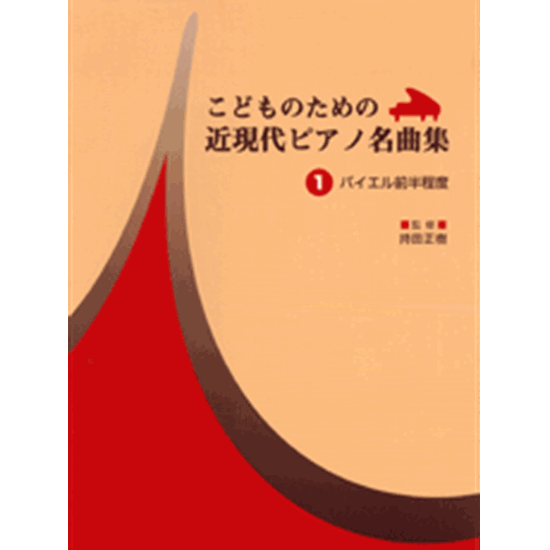Kabalevsky, Dimitri : 35 Easy Pieces A little hedgehog Op.89-8
Work Overview
Genre:pieces
Total Playing Time:0 min 20 sec
Copyright:Under Copyright Protection
Commentary (2)
Author : Sugiura, Nanako
Last Updated: September 12, 2024
[Open]
Author : Sugiura, Nanako
It is marked Allegretto staccatissimo. Without being too fast, feel the second beat of the duple meter. The end of the two-measure phrase features an eighth rest. Does this perhaps represent the sudden, abrupt stop of a hedgehog's movement? Performers are encouraged to imagine various interpretations. It would be beneficial to perceive the meaning behind the note movements and rests, and instead of merely rushing through, to evoke a charming expression. From measure 9, proceed swiftly towards the final accented 'C-C-C!' and execute it with panache.
Author : Ooi, Kazurou
Last Updated: March 12, 2018
[Open]
Author : Ooi, Kazurou
8. The Cute Hedgehog
The most important aspect of this piece is, without a doubt, "expressing joy." This is crucial for this piece because concerns about balance are largely unnecessary; both the left and right hands can play at the same volume. Imagine multiple mice and treat both hands similarly. Furthermore, since there isn't a single legato note, the next important thing is how to play the staccato notes short and light.
Regarding dynamics, the author's score indicates three types of markings: mezzo forte, piano, and forte.
The structure can be considered as three sections of four measures each.
First Section: It begins with mezzo forte. The third and fourth measures might be slightly calmer than the first two. Try subtly changing the expression between measures 1-2 and 3-4.
Second Section: This section depicts a busy scene. Play measures 5-8 without stopping, but also without rushing. The dynamics can remain mezzo forte. No particular shaping is required.
Third Section: It begins with piano and ends with forte plus an accent, becoming quite strong. Gradually crescendo from piano to express a sense of distance, ending with forte. No ritardando should be applied.
Simply put, it is fine to play this piece somewhat percussively. The tempo should be played precisely, like a metronome, and the short staccato notes should be played joyfully. It is important to express joy and to have a wide dynamic range.
Arrangements & Related Works(1)
PTNA & Partner Channel Videos(0items)
Sheet Music
Scores List (9)

(株)全音楽譜出版社

(株)全音楽譜出版社

(株)全音楽譜出版社

(株)ヤマハミュージックエンタテインメントホールディングス

(株)ヤマハミュージックエンタテインメントホールディングス

(株)ヤマハミュージックエンタテインメントホールディングス

(株)学研プラス

(株)ヤマハミュージックエンタテインメントホールディングス

(株)学研プラス

